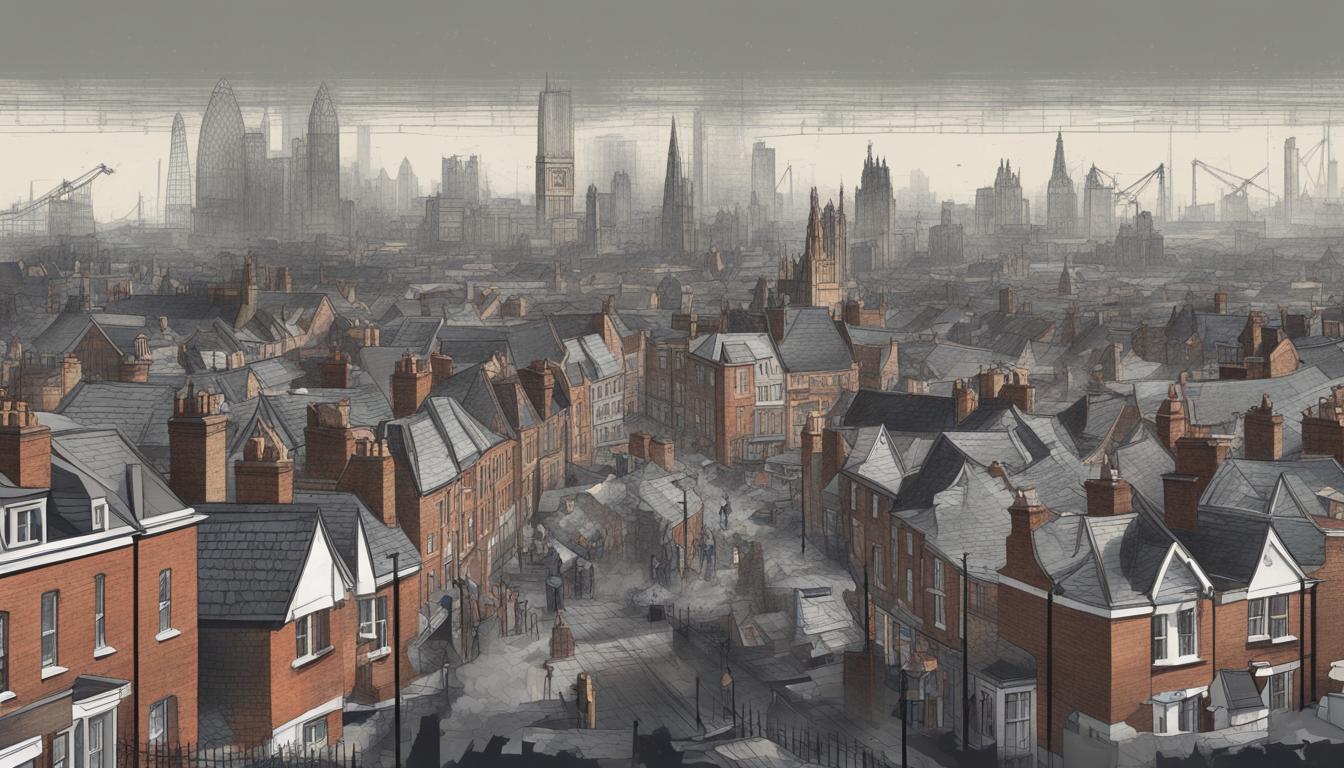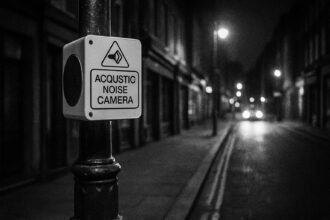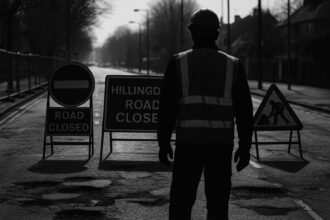Recent reports show marginal growth in the UK property market, with regional differences in price trends and challenges faced by buyers and sellers. Legislative changes and economic recovery in construction are shaping market dynamics.
According to a recent Halifax house price index, UK property prices have risen marginally by 0.1% on a month-to-month basis. Despite modest growth, predictions indicate potential price increases towards the latter part of the year, following a phase of stability. Notably, North-east England, Northern Ireland, and Scotland are highlighted as regions with more affordable house pricing in comparison to London and the south-east of England.
A Barclays report has shed light on the challenges facing London leaseholders, with many struggling due to high ground rents and service fees. The survey revealed that a significant portion of leaseholders found these costs unmanageable and were unaware of them at the time of purchase. Proposed legislative reforms aim to alleviate some of these financial burdens by reducing ground rent and easing lease extensions.
In economic developments, the UK’s construction industry shows signs of recovery, led by commercial and civil engineering projects. However, residential housebuilding lags behind due to reduced demand and high borrowing costs. Despite these challenges, there’s optimism for growth across other sectors within the industry.
London’s property market sees a minimal price increase of 0.1% year-over-year, sparking debate among estate agents regarding market dynamics favoring either buyers or sellers. The average house price in London now stands at £539,336. Issues such as high renovation costs and difficulties in affording deposits are making property acquisition challenging, particularly for first-time buyers.
Furthermore, Halifax reports an increase in demand for flats, primarily driven by first-time buyers adapting to high mortgage costs. The price of flats is rising at a faster pace than houses, marking a shift from the pandemic-driven demand for larger homes.
Overall, the UK housing market is experiencing varying levels of activity and challenges across different regions and segments, influencing buyer and seller behaviors in the current economic climate.













